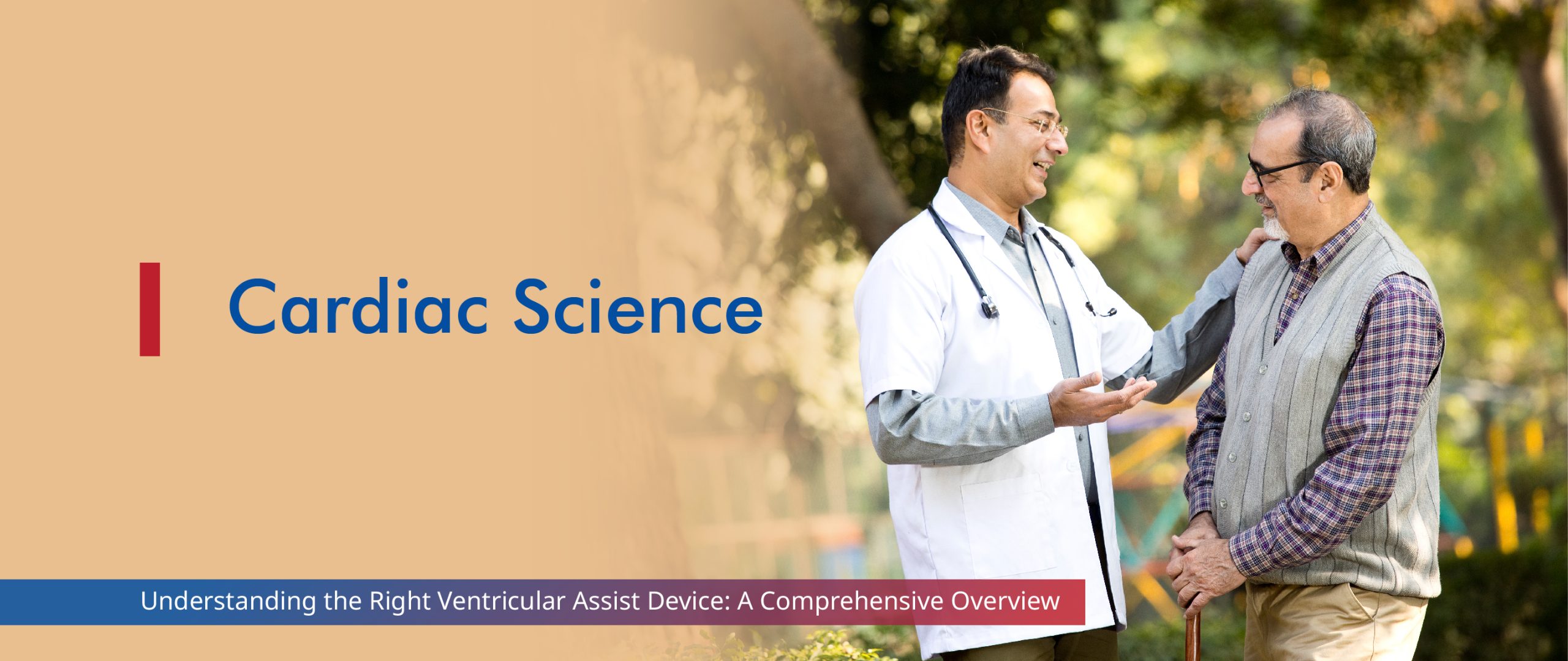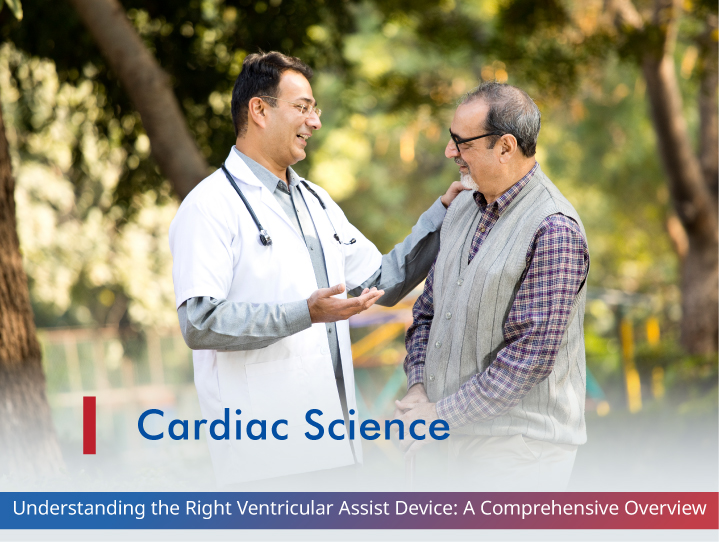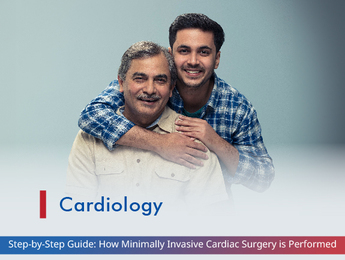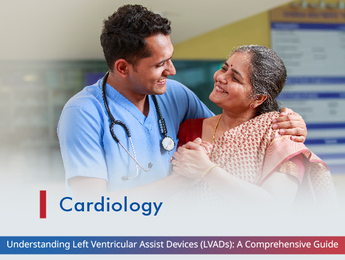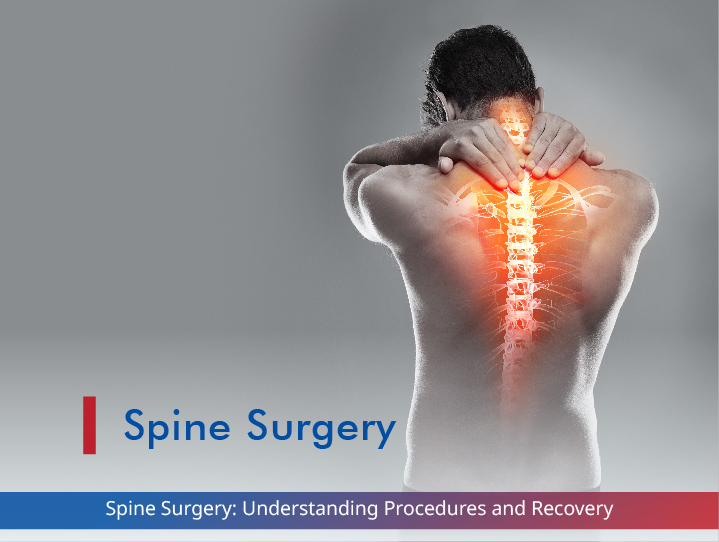Introduction
Heart failure is a serious emergency condition that affects millions of people worldwide. In severe cases, mechanical support devices may be necessary to help the heart function properly. One such device is the Right Ventricular Assist Device (RVAD), which plays a crucial role in supporting the right side of the heart. Let’s explore the world of ventricular assist devices, focusing on RVADs, their benefits, risks, and what patients can expect when receiving this life-saving technology.
What is a Ventricular Assist Device?
A ventricular assist device (VAD) is a mechanical pump designed to support heart function and blood flow in people with weakened hearts. These devices help assist either the right (RVAD) or left (LVAD) ventricle, or sometimes both (BiVAD). VADs help pump blood from the lower chambers of the heart to the body or lungs.
Types of Ventricular Assist Devices
There are several types of VAD devices available, each designed to address specific needs:
- Left Ventricular Assist Device (LVAD): The most common type used to support the left ventricle, pumping blood to the body.
- Right Ventricular Assist Device (RVAD): Supports the right ventricle in pumping blood to the lungs.
- Biventricular Assist Device (BiVAD): This device supports both the left and right ventricles.
- Total Artificial Heart: Replaces both ventricles and the heart’s natural valves.
What is a Right Ventricular Assist Device?
A right ventricular assist device (RVAD) is a specific type of VAD designed to support the function of the right ventricle. The right ventricle carries deoxygenated blood (blood with decreased oxygen concentration) to the lungs for oxygenation. When the right ventricle fails, it can lead to a backup of blood in the body’s veins, causing swelling and organ dysfunction.
Dr. Ashwini Kumar Pasarad, who specializes in advanced cardiovascular procedures, says that these tiny implantable pumps are used when:
- The right ventricle becomes too weak to pump blood effectively to the lungs
- There is high pressure in the pulmonary arteries (pulmonary hypertension)
- Right heart failure occurs after LVAD implantation
RVAD implantation is a surgical procedure that involves placing the device either inside or outside the heart, depending on the specific type of RVAD being used.
Preparations and Steps to Get Ready for an RVAD
Preparing for RVAD implantation involves several steps:
- Comprehensive Medical Evaluation: This includes thoroughly assessing heart function, lung function, and overall health status.
- Psychological Assessment: To ensure the patient is mentally prepared for the device and the lifestyle changes it entails.
- Education: Patients and their caregivers receive extensive information about the device, its operation, and required lifestyle modifications.
- Pre-operative Testing: This may include blood tests, imaging studies, and cardiac catheterisation.
- Medication Adjustments: Certain medications may need to be stopped or adjusted before surgery.
- Lifestyle Preparations: Patients may need to make arrangements for post-operative care and support.
Benefits of RVAD
RVADs offer several potential benefits for patients with severe right heart failure, such as:
- Improved Quality of Life: By supporting heart function, RVADs can alleviate symptoms of heart failure, allowing patients to breathe easier and engage in more activities.
- Bridge to Transplant: For people awaiting a heart transplant, an RVAD can keep them alive and improve their condition until a donor’s heart becomes available.
- Bridge to Recovery: In some cases, the RVAD can allow the heart to rest and potentially recover function.
- Improved Organ Function: By ensuring adequate blood flow, RVADs can help improve the function of other organs that may have been affected by poor circulation.
- Increased Survival: For patients with severe right heart failure, RVADs can significantly extend life expectancy.
Potential Risks of RVAD
While RVADs can be life-saving, they also come with potential risks:
- Bleeding: The surgery itself carries a risk of bleeding, and ongoing anticoagulation therapy can increase this risk.
- Infection: There’s a risk of infection at the surgical site or where the device’s driveline exits the body.
- Blood Clots: Clots can form in the device or the blood vessels, potentially leading to stroke or device issues.
- Device Malfunction: Mechanical issues with the device can occur, requiring additional interventions.
- Right Ventricular Failure: In some cases, the right ventricle may not recover as expected, leading to ongoing issues.
- Arrhythmias: Irregular heart rhythms can occur after device implantation.
- Psychological Impact: Living with an RVAD can be challenging and may lead to anxiety or depression in some patients.
Conclusion
Right Ventricular Assist Devices represent a significant advancement in treating severe right heart failure. While they come with certain risks, the potential benefits of improved quality of life and increased survival make them a valuable option for carefully selected patients. With evolution and innovation in medical science, we can expect to see further enhancements in RVAD design and outcomes.
For patients considering an RVAD, it’s crucial to have thorough discussions with their healthcare team about the potential benefits and risks. With proper patient selection, careful management, and ongoing support, RVADs can offer hope and improved outcomes for those with severe right heart failure.
FAQs
What is the difference between LVAD and RVAD?
The main difference lies in which side of the heart they support. An LVAD (Left Ventricular Assist Device) supports the left ventricle, which makes oxygen-rich blood available to different parts of the body. An RVAD (Right Ventricular Assist Device) supports the right ventricle, which circulates deoxygenated blood to the lungs for oxygenation. LVADs are more common because left ventricular failure is more prevalent, but RVADs are crucial for patients with right ventricular failure or certain types of pulmonary hypertension.
How does an RVAD work?
An RVAD works by assisting or taking over the pumping function of the right ventricle. It typically consists of a surgically implanted pump to connect the right ventricle to the pulmonary artery. The device draws blood from the right ventricle and pumps it into the pulmonary artery, bypassing the weakened right ventricle. The RVAD is controlled by an external system that regulates the pump’s speed and monitors its function.
Can patients with an RVAD lead a normal life?
While an RVAD significantly improves the quality of life for many patients, it does require some lifestyle adjustments. Patients with an RVAD can engage in many normal activities, but they must be mindful of the external components of the device. They must avoid swimming or other activities that could damage the device or its power supply. Regular medical check-ups are necessary, and patients must be diligent about caring for the device and the driveline exit site to prevent infections. Despite these considerations, many RVAD patients report a substantial improvement in their ability to accomplish daily activities and enjoy life compared to their pre-RVAD condition.

